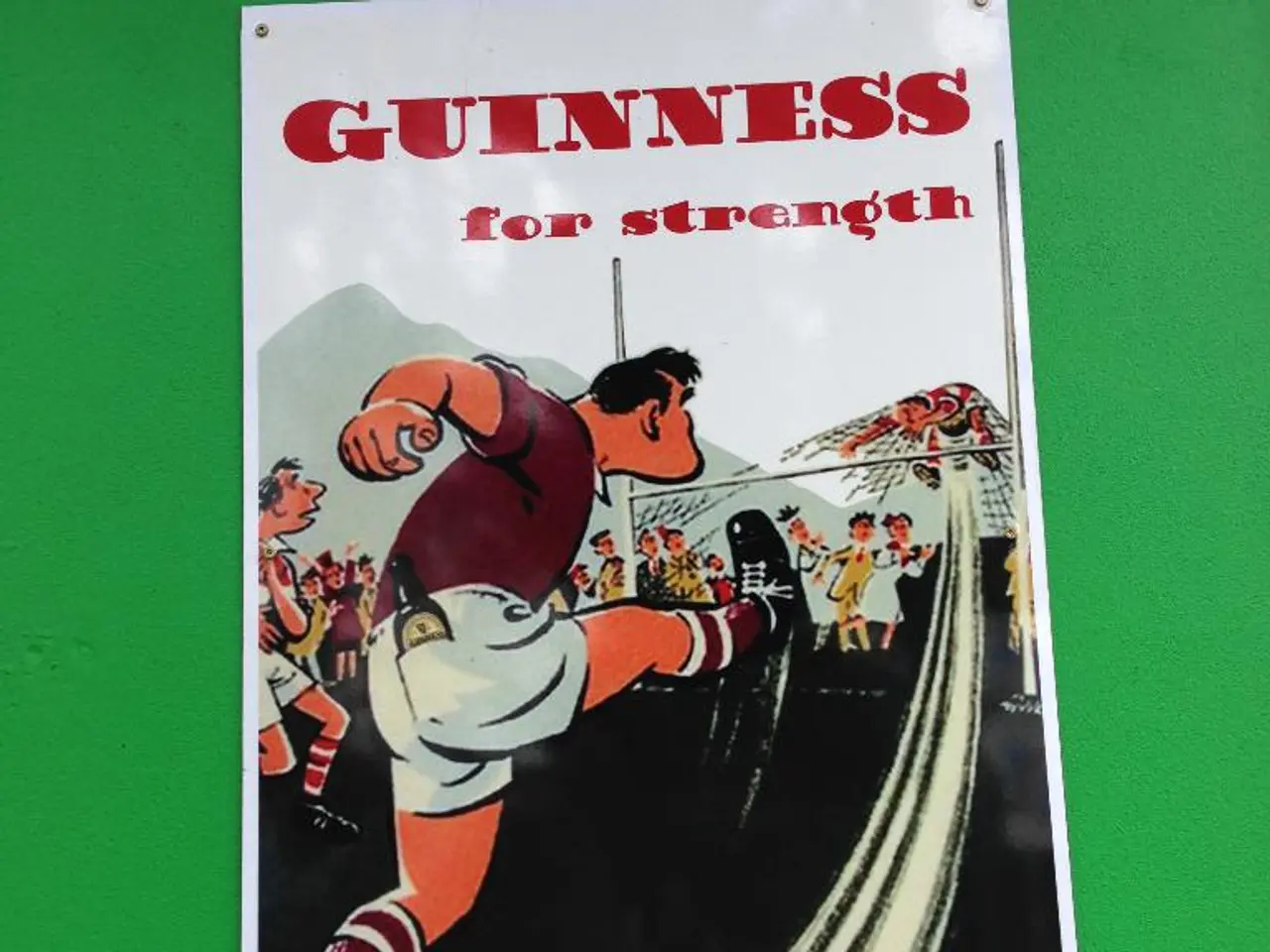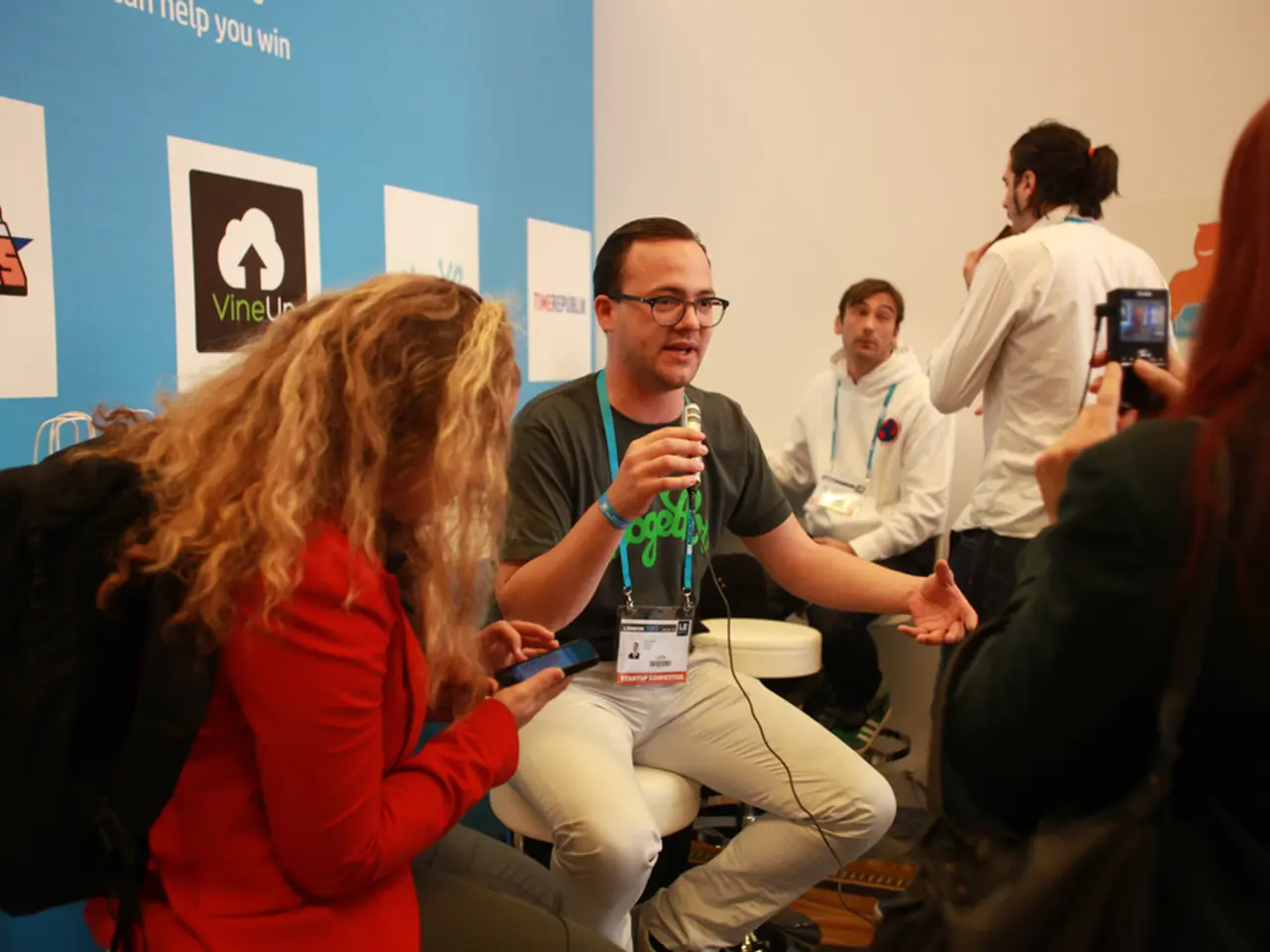Assessing Job Prospects: The Key Elements High-Level Design Leaders Seek in Applicant's Portfolio
In the competitive world of UX/UI design, creating a standout portfolio is crucial for landing that dream job. Several design experts and hiring managers, including Vitaly Friedman, Creative Lead of Smashing Magazine, and Niwal Sheikh, Product Design Lead at Netflix, have shared their recommendations for crafting a portfolio that showcases both technical skill and strategic thinking.
One key aspect is respecting user mental models and familiar patterns. According to Vitaly Friedman, using the MAYA (Most Advanced Yet Acceptable) Principle is essential. This involves balancing innovation with familiarity by employing established UI patterns users already understand, such as tab navigation or swipe gestures, and gradually introducing new features within known contexts to avoid overwhelming users.
Another important factor is showcasing thoughtful interaction design. Friedman emphasizes the importance of designing error messages and other UX disruptions carefully, as poorly timed interruptions can increase user anxiety and reduce task completion. Highlighting your ability to minimize such disruptions and improve user flow demonstrates a deep understanding of UX design.
Including research-driven design decisions is also highly valued. Portfolios that show how design choices are informed by user behavior analysis, competitor studies, and iterative testing stand out. This includes explaining how you identify pain points and tailor solutions that fit user expectations and needs.
Designing for diversity and accessibility is another essential aspect. Vitaly Friedman stresses the importance of designing for diverse audiences, including neurodiversity, older adults, and users with disabilities. Portfolios that include accessible design solutions, such as reliable focus styles, modals, and navigation components, stand out for their broader usability.
Organizing and presenting projects clearly is also crucial. Friedman offers templates and organization tips for UX design files and customer journey maps, proving that clarity and structure in presenting your work matter to hiring managers.
Lastly, communicating design impact and process is vital. Hiring managers look for portfolios that not only display final visuals but also articulate the design process, rationale, and measurable impact on user experience and business goals. This includes defending your design decisions with data and user insights.
Building a network through local groups can also provide insights and support needed to refine your portfolio, showcase your skills effectively, and land a UX/UI design job. Sharing your work, gaining valuable feedback, and learning from seasoned professionals in local groups can be incredibly beneficial.
In addition to these recommendations, several courses are available to help you build a standout portfolio and gain further learning opportunities. Courses such as "Design Systems Blueprint: Comprehensive Strategies for Success" by Jarvis Moore, "How to Innovate with XR" by Michael Nebeling, "How to Prototype for Games UX" by Om Tandon, "Human-Centered Design for AI" by Niwal Sheikh, "How to Make Your AI Project a Success" by Greg Nudelman, and "Complex UI Design Practical Techniques" by Vitaly Friedman can provide valuable insights.
Watching Master Classes and reading books like "How To Get Hired as a UX Designer" can also provide additional insights. Crafting your portfolio to step into the recruiter's shoes, being specific, making your thought process clear, and convincing them you're the designer they are searching for is key.
In summary, a standout UX/UI portfolio, as recommended by Vitaly Friedman and echoed by industry hiring managers, should blend user-centered research, familiar yet innovative patterns, accessibility, clear presentation, and evidence of impact. This approach demonstrates both technical skill and strategic thinking crucial for UX/UI roles.
- To create a standout UX/UI portfolio that catches the attention of hiring managers, consider incorporating user-centered research findings to demonstrate a deep understanding of user needs and expectations.
- Attending master classes on UX/UI design, such as "Complex UI Design Practical Techniques" by Vitaly Friedman, can provide valuable insights and help refine your portfolio to effectively showcase your skills.
- To showcase thoughtful interaction design, it's important to design error messages and other UX disruptions carefully, minimizing user anxiety and improving user flow, while still balancing innovation with familiarity using established UI patterns users understand.




